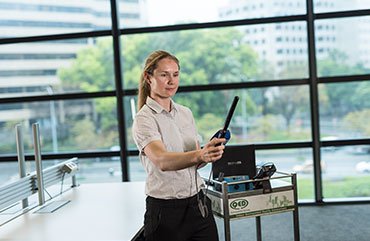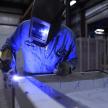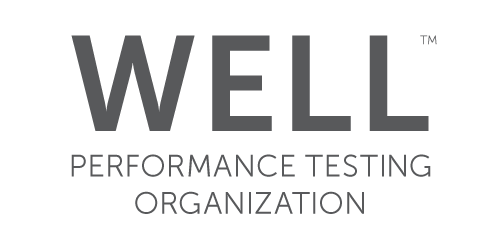
07th
COVID-19 Ventilation Optimisation: Guidelines for Australian Schools
As we approach 2022 our attention has turned to the re-opening of schools and early childhood learning centres, who will be welcoming a new cohort for the year ahead.
While it is always an exciting time, there is also a sense of trepidation from teachers and school administrators as to how to navigate the choppy waters of how to best look after the health of the students and faculty.
There has been a lot of advice flying around over the last 18 months as experts attempt to fully understand the COVID-19 virus and how it is transmitted.
We are well versed in the "near-field" exposures and how social distancing and mask wearing can help mitigate the risk. However it is only in recent months that the focus for schools has shifted to "far-field" exposures and how ventilation can play a critical role to maintain a healthier environment.
Ventilation systems in most schools range from windows, to heat pumps mounted to the wall or ceiling, and also include ducted HVAC systems.
Unfortunately, most school classrooms do not provide adequate ventilation to minimise these “far-field” airborne exposures.
So, with so much information on offer, how do we know which advice to follow?
QED has over 25 years’ experience assisting facilities all over Australia to measure and manage indoor air quality. Whilst the focus on virus transmission such as COVID-19 is new, for years we’ve measured CO2 for productivity purposes using practically identical equipment and methods by our expert technicians.
Our team is constantly looking over new research and data and we were very impressed with these latest guidelines from AIRAH on ventilation optimisation in primary and secondary schools.
This document, written from an evidence-based public health perspective, is intended to address the many questions that school administrators have been, and will be considering in order to provide appropriate guidance for creating a school setting where the focus can be on education, and not the building itself. It is intended as a resource both for schools, and for mechanical engineering designers and maintenance engineers.
In our opinion this is the best current advice for schools as it is written by Australians, for Australian schools.
For more information on how we can help with a COVID-19 ventilation risk assessment for your office building, school or other workplace, please contact us.
Categories
Recent Posts
Changes to the workplace exposure standard for welding fumes
15th Mar
On January 18, 2024, SafeWork Australia made a significant adjustment to the Workplace Exposure Standard (WES) for Welding Fume (not otherwi...
Pseudomonas aeruginosa and the Water Quality Management Plan - it's not just about Legionella.
23rd Feb
Pseudomonas aeruginosa could be responsible for a high burden of disease, and should always be included in a risk management plan....
Navigating the New Norm: Prioritising Indoor Air Quality for Events and Venues
06th Feb
Throughout 2023 there was a surge in venue managers looking to help clients feel at ease in regards to indoor air quality....

















